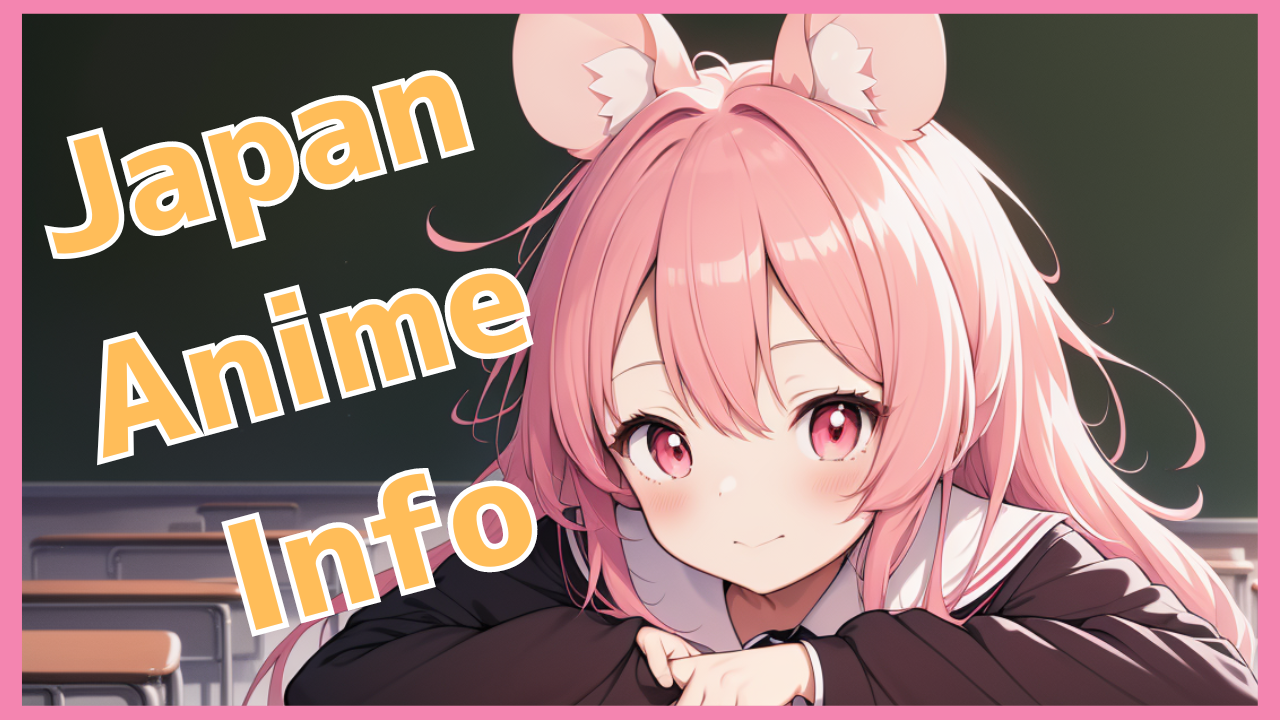The beautiful ballad “Blue Star”, written to reflect the feelings of the heroine Nephi, was originally drawn by Yamamoto specifically for this work. Mr. Yamamoto, who has professed to be an anime fan, is very happy about this. He also says that he has a special attachment to his work. He shared his thoughts.
──Please tell us how you felt when the long-awaited anime tie-up was decided.
Aya Yamamoto (hereinafter referred to as Yamamoto): It’s finally here! It was that kind of feeling. I always had the feeling that I would like to work on (anime) someday, but I never had the chance to do so. I like him, but there was a part of me that thought he was someone I would never have anything to do with (bitter smile). That’s why I felt so deeply moved, thinking, Ah, we were connected,'' and I thought once again, I’m glad I’m making music.”
──You love anime so much that you visit Animate privately.
Yamamoto: That’s right. My brother and I also love anime, so when this project was decided, I immediately contacted my family. I shared it with my family one by one.
──What was your family’s reaction?
Yamamoto: My family was surprisingly dry (lol). It’s not that I wasn’t happy about it, but I was like, “Seriously!” and “Don’t do it!”
──Anime “I, the Demon King, married a slave elf, how should I love her?” ” The ending theme song “Blue Star” has the impression that it is close to Nephy’s heart, but also has a melody and tone that shines through Mr. Yamamoto’s personality. In terms of production, were there any differences from your previous song production?
Yamamoto: First, I had an idea of the song that I wanted to use as a reference. I made it while thinking about BPM and tension. I’m the type of person who creates songs from scratch, so I read the work, created the overall melody and melody, and then drew the lyrics. As for the melody, I deliberately didn’t want it to sound like an anime song because that’s what I received. Also, since there was a story about Nephy’s perspective, I not only captured Nephy’s state of mind, but also captured scenes that were memorable to me.
I’m a huge anime fan…I think the key to getting excited about a theme song is when you watch the anime and read the lyrics, you realize, “Is this about this scene?” As an otaku, I wanted to keep that point in mind. So I read the work many times and wrote about it.
──Was there anything you realized about the charm of Madome as you read the original work?
Yamamoto: It’s a change in the relationship between the two main characters, Zagan and Nefi. Especially when it comes to Nephy, her expression doesn’t change, and her thoughts are backwards…but when she meets and interacts with Zagan, she becomes brighter. I felt that we believed in each other and were connected. I hope that can be conveyed through the song.
──The song depicts the drama of opening your heart and the feeling of “wanting to believe” that comes after that.
Yamamoto: It’s not like people will listen to the full song from the beginning, so I’m conscious of putting the important parts, including the chorus lyrics, into 89 seconds. In the first episode, the intro begins with the two of them having a conversation.
After that, the scene where Nephy gets a room starts… in a room where you can see the moon, and they reach out for the moon and say, “I can’t reach it.” It’s a rather trivial exchange, but if it were just the two of them, I think they could reach it. I expressed that it can even make you feel good.


コメント